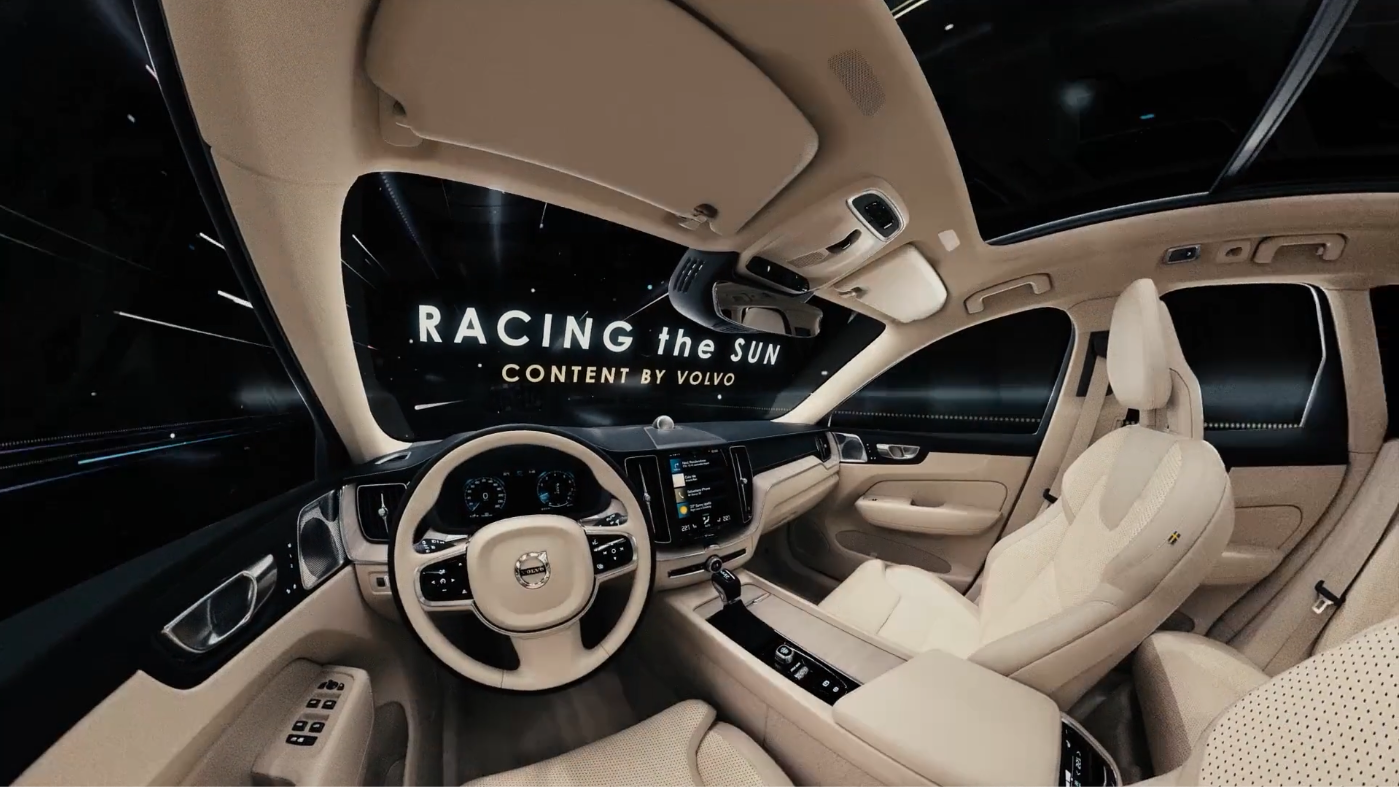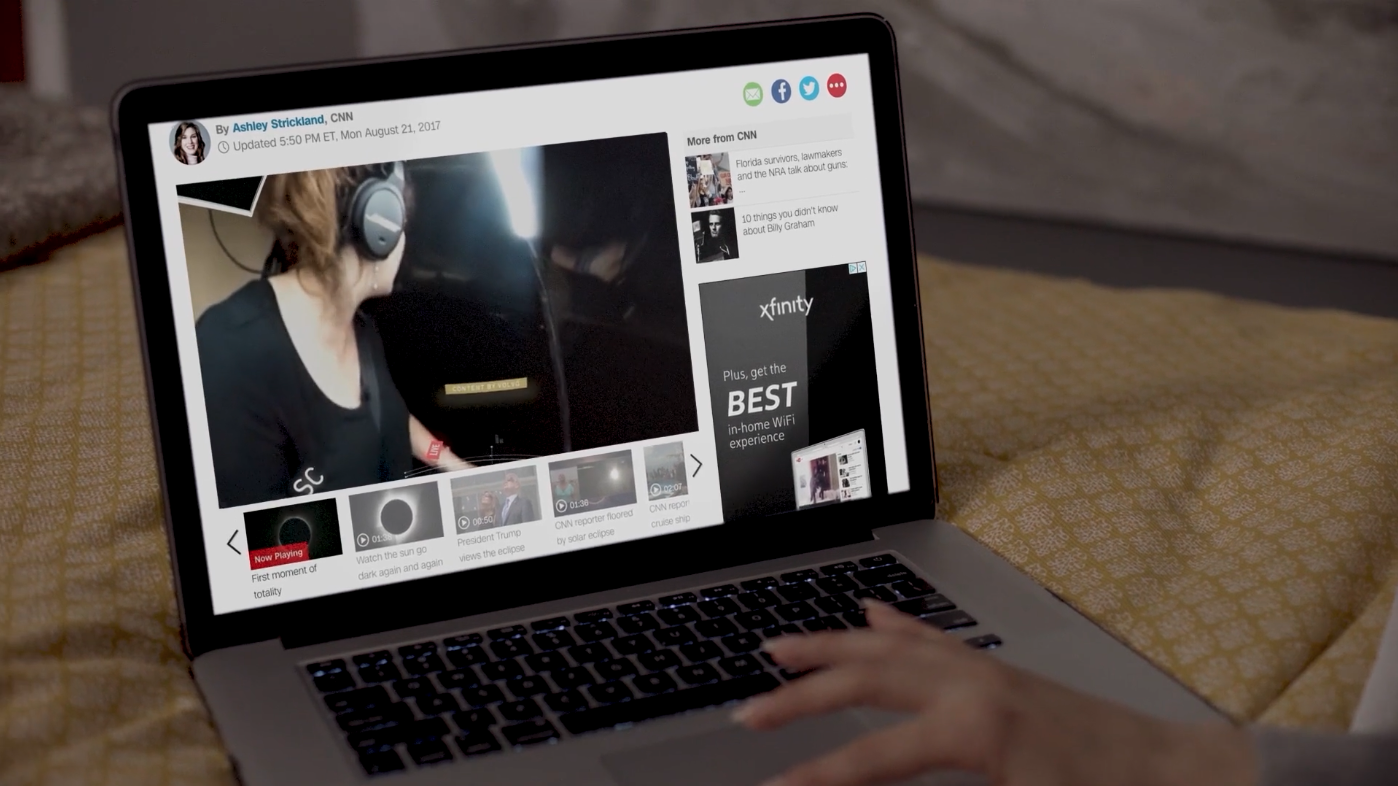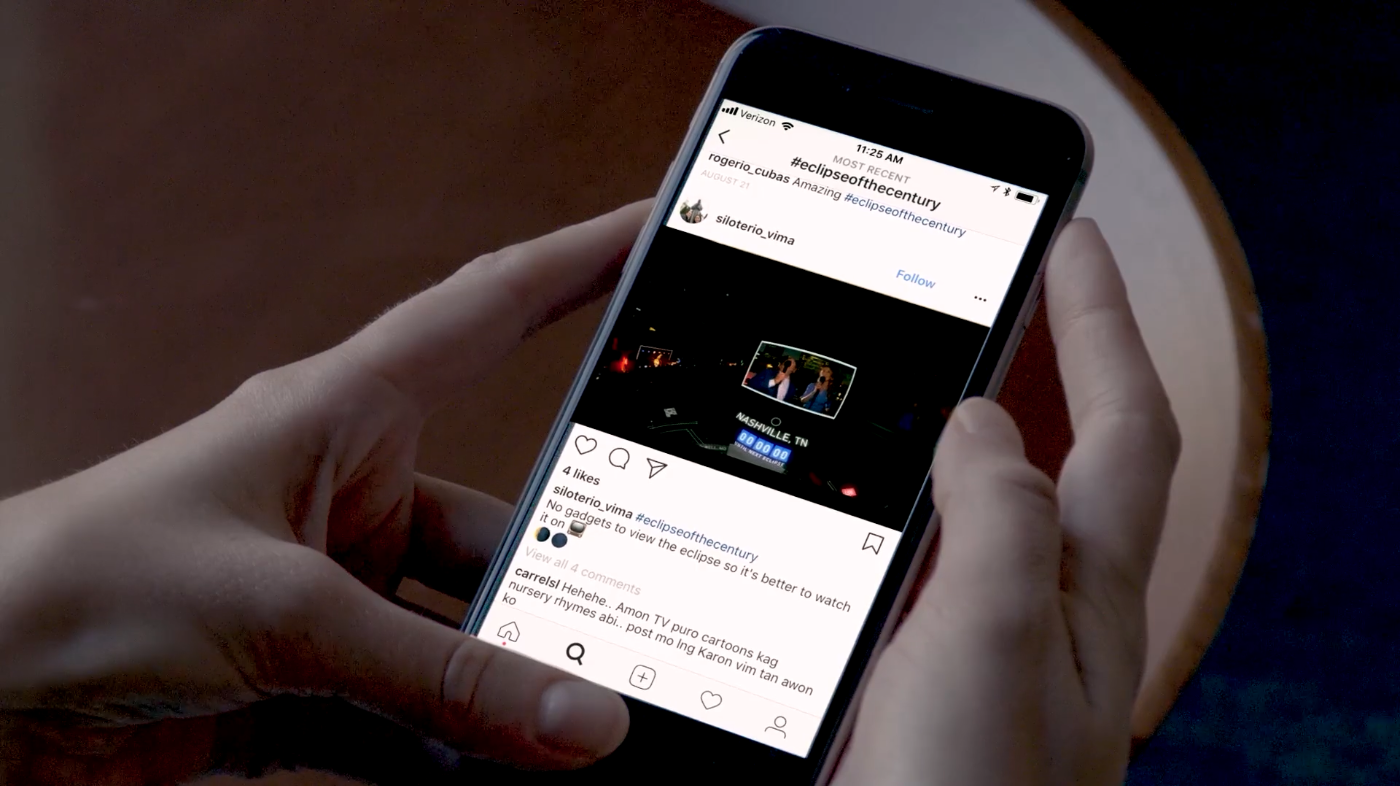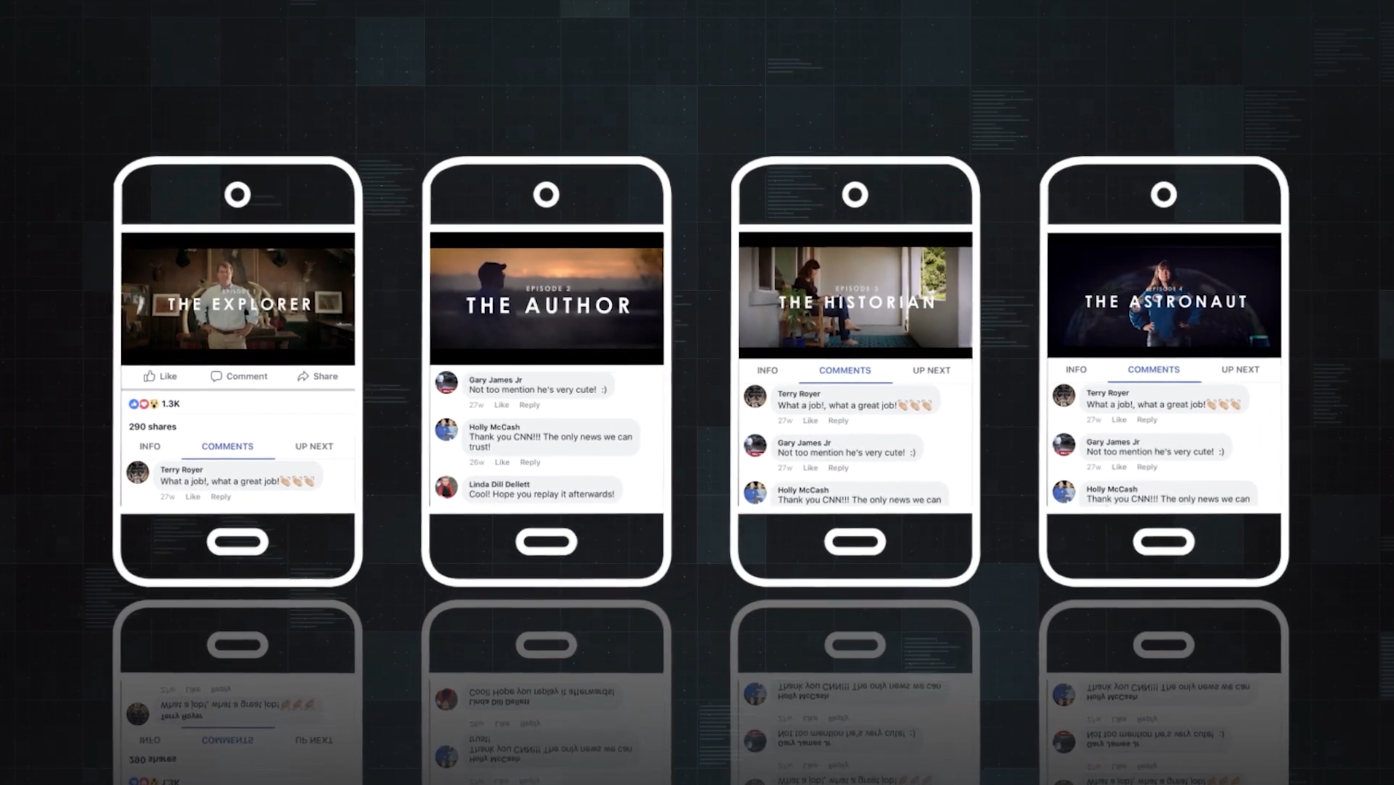Event: Racing The Sun - Edward R. Murrow Award
CNN and Volvo Cars USA will present the solar eclipse from multiple locations, coast to coast, in a first-of-its-kind immersive two-hour 360° live-stream experience.
The launch of the XC60 was a transformative moment for Volvo, which it aligned with the 2017 total solar eclipse. “Racing the Sun” presented live virtual reality video broadcasts that viewers around the world could watch on their mobile phones as the eclipse traversed the continent in real time. The live show, hosted by CNN’s Space and Science Correspondent Rachel Crane and former NASA Astronaut Mark Kelly, will harness stunning imagery from specially-designed 4K 360° cameras, optimized for low-light, that will capture seven ‘total eclipse’ moments – stretching from Oregon to South Carolina.
Four of the seven live-stream locations will integrate 2018 Volvo XC60s specially outfitted with advanced 360° cameras. The groundbreaking live 360° content by Volvo will spotlight four influencers in different locations, sharing their unique perspective and excitement for the future as they witness the solar eclipse from helicopters and road tours along the narrow path of totality. The livestream will be enhanced by real-time graphics, close-up views of the sun, and experts from the science community joining along the way to explain the significance of this phenomenon. A ‘how to’ guide was created to help with the innovative platform and can be seen, here.
For complete coverage of Racing The Sun, Click HERE. To see the entire 2 hour live ad, Click HERE.
Responsibilities: develop creative approach for livestream branded sites, develop content strategy for live branded broadcast, identify influencers and accruement, identify points of totality and gain access, develop run of show, develop interstitial stories, storyboard livestream moments, source content for interactives, develop and produce flow for all branded segments.
In the weeks preceding the eclipse, Volvo launched a landing page that featured a countdown and a calendar reminder to alert viewers to tune in live when the eclipse began. Emails and co-branded content on a customized CNN.com landing page amassed buzz within Volvo’s community of enthusiasts.
Mobile interaction and engagement was an integral part of Racing the Sun. Volvo knew that many of those who couldn’t travel to the path of full totality would rely on streaming outlets to vicariously experience the visuals captured directly at the scene, and it knew that intrigued viewers wouldn’t be prone to watching on their desktop computers. Even casual observers would likely to be drawn outside to see as much of the eclipse as possible from their given vantage point. Access to the eclipse’s path of totality would be an enormous global conversational starter, and a social media presence was unquestionable. Volvo ensured that it broadcast on CNN Go and Facebook Live, among other platforms.
The customized 4K 360° camera rigs were engineered with the specificity and precision needed to broadcast in real time to a global audience of millions. When the day arrived, 4K 360° camera rigs were affixed to a fleet of four XC60 cars scattered across the U.S. The camera rigs allowed all footage to be stitched together, creating vicarious experiential access for the audience that wasn’t able to experience complete totality in person.
Event Content: Interstitial Eclipse Moments
In addition to the livestream, four interstitial eclipse moments we’re created to tell the stories of an astronaut, explorer, egyptologist, and sci-fi author, and their connection to the eclipse. The four selected spurred conversations specific to mobile capacity. Selecting a diverse range of perspectives helped Volvo elicit intrigue from a broad range of viewers about topics that inspired sharability.
Racing the Sun was a success, accumulating 5,843,400 views primarily on mobile. Seventy-two percent of total viewers watched on mobile devices, compared to 27 percent on desktop. On Facebook there were 2,800 viewers.
Volvo’s campaign was historically groundbreaking and had far-reaching worldwide interest. On the day of the eclipse Volvo’s live virtual reality video broadcast on CNN had 24 million video starts, making it the most viewed live virtual reality experience in history — a world record verified by Guinness. For CNN, the video marked the second highest day ever for unique visitors and video starts. Volvo earned more than 1.03 million earned media impressions and over 164 pieces of coverage from tech and auto publications such as GQ, Quartz, The Washington Post, Adweek, The Atlantic, and Newsweek.
In a survey conducted post-campaign, 72 percent of respondents said they preferred the live ad experience to a standard digital video ad experience. With unprecedented global interest, the campaign over-delivered by 52 percent across all key channels: Facebook, YouTube, and Twitter. There was particularly strong engagement from the defined target audience, especially from the videos hosted by its team of four influencers. Brand sentiment was overwhelmingly strong and expanded Volvo’s audience. The videos were viewed predominantly by educated married adults between the ages of 35 and 56 in households with a $150,000 median annual income.







